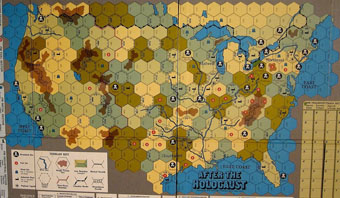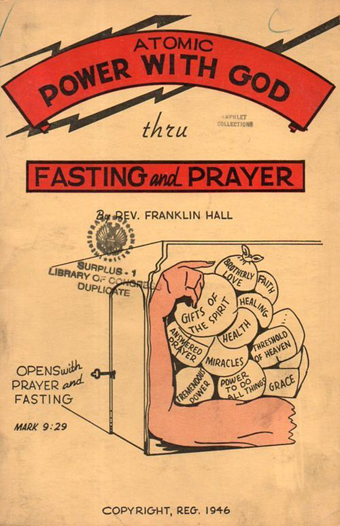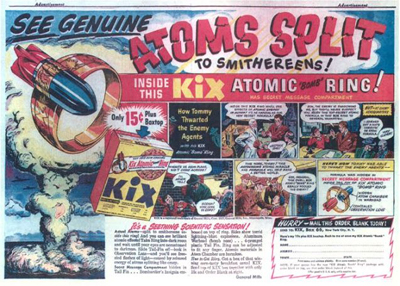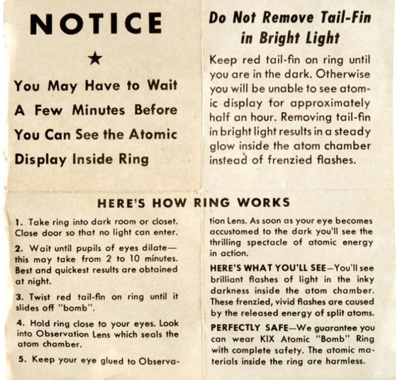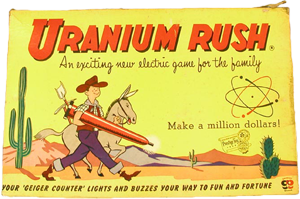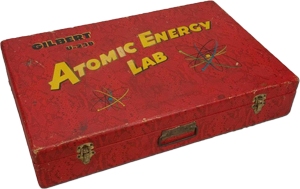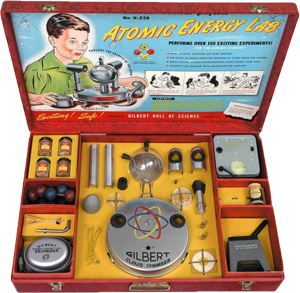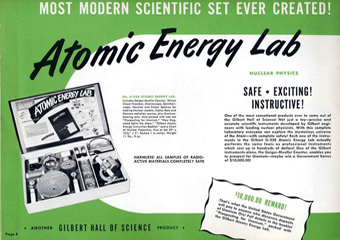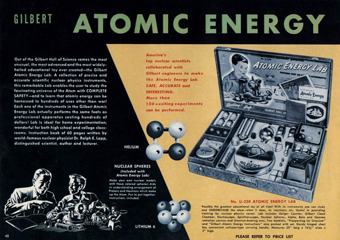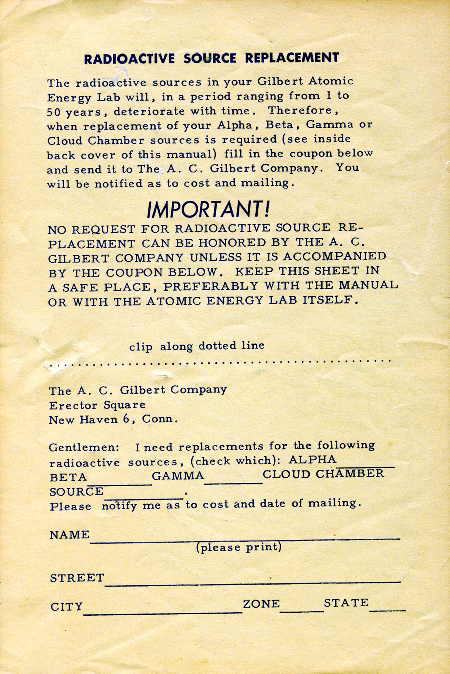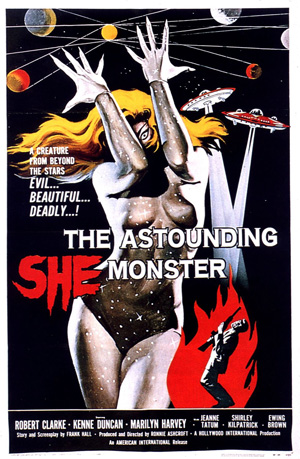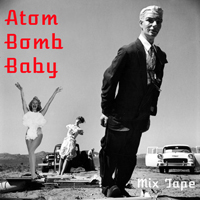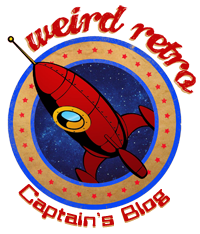| Released in 1977, during the Cold War, After The Holocaust is a strategy board game for 3-4 players. The game is set, some 20 years after a nuclear war between the United States and the Soviet Union. The players control regions of the nuke ravaged United States and Canada, as they play out a economic, military and political simulation in ten turns. Each turn of the game consists of five rounds, which are; a production round; a trade round; a consumption round; a military/political round; and a finance round. The rounds contain distinct phases within them. Like the production round, contains a basic production phase, a second production phase and a mobilization phase... Bored yet? Yep, After The Holocaust is one of those games that is so long and involved, that you get it out, set it up. And decided it's better to go down the pub, than spend the 6 hours playing time on this thing. |
| But there are those that have bothered, and even gone further. With the Weird Wide Web full of forums dedicated to the game. People have designed economic strategies, flow-charts of play, expansions, and play variants. But that's not the strangest part of the game. Hidden with the complex rules, and explanations, is that despite the devastation of the country, and people being taken back to the Dark Ages. The Federal Reverse Bank still exists and is still a functioning entity. So it's not the ants or the cockroaches that'll survive Armageddon, it's the American dollar! |

